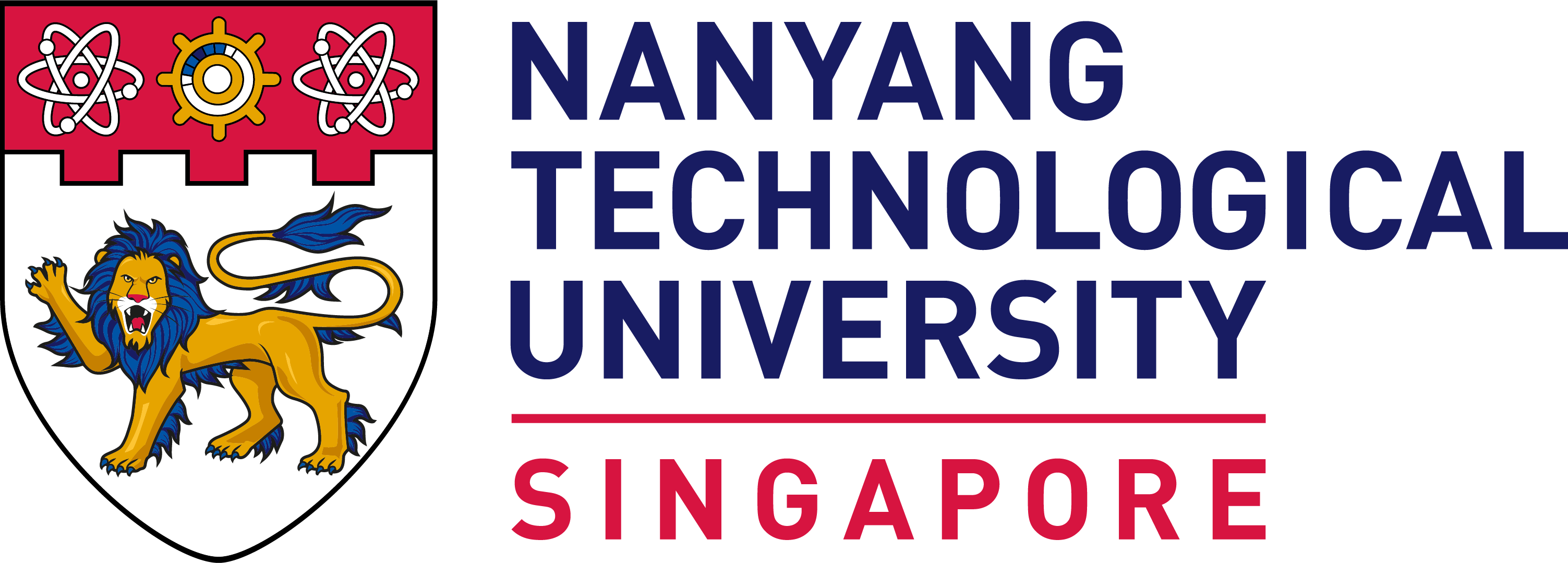Before Facial Recognition: Craniometry, Pattern Recognition, and the “Computer Physiognomy” at the 1970 Osaka Expo

The attraction called “Computer Physiognomy” at the 1970 Osaka Expo provided attendees with a glimpse of future human-computer interaction by automatically recognizing one’s face and assessing her/his personality. Historians of facial recognition technology consider this attraction, developed by electrical engineer Sakai Toshiyuki and Nippon Electric Company, to have marked a pivotal starting point. However, the significance of this exhibition is all the greater when we consider the predominant role the facial recognition technology (FRT) has come to play in the contemporary society.
The paper focuses on the anthropologist Yamazaki Kiyoshi, who was responsible for the classification of facial features. Yamazaki, a dentist by training, had studied craniometry in pre-war Paris and brought its methods to Japan, but was forced to explore alternative approaches after Japan's defeat in WWII.
Yamazaki used the “Computer Physiognomy” exhibition to reinstate quantitative approaches within anthropology, which had been discredited as eugenicist after WWII; and to lend authority to the study of physiognomy, which had been dismissed by the academic establishment as pseudoscience.
FRT, in its most rudimentary stage in 1970, was a project where two approaches to the face – the anthropometric and the physiognomic – coexisted uncomfortably. Yet the Expo's futuristic allure provided a perfect stage that masked both its colonial past and eugenicist undercurrent. The ostensible playfulness of the personality assessment and the utilization of computers managed to give FRT a chance to launch itself into the postwar Japanese society and beyond.
Takahiro Yamamoto is a historian focused on modern East Asia and the Pacific. He is a lecturer in the Humanities, Arts and Social Sciences (HASS) cluster at the Singapore University of Technology and Design (SUTD). He obtained BA (Liberal Arts) at The University of Tokyo, then received MA in Law and Diplomacy at The Fletcher School, Tufts University. His PhD in international history is from London School of Economics (2016). Before coming to SUTD, he held research and teaching positions at University of Heidelberg (Germany), NYU Shanghai, The University of Tokyo, and London School of Economics. His publications include a monograph Demarcating Japan: Islanders, Imperialism, and Mobility, 1855-1884 (Harvard University Asia Center, 2023) and an edited volume Documenting Mobility in the Japanese Empire and Beyond (Palgrave Macmillan, 2022). He has been broadly interested in the history of modern Japan from a global perspective, focusing on border-crossing activities and human mobility control. He is currently working on the history of ID photos in twentieth-century Japan. His research has been funded by, among others, European Association of Japanese Studies, Japan Society for the Promotion of Science, Baden-Württemberg Foundation, and Japan Science and Technology Agency.

